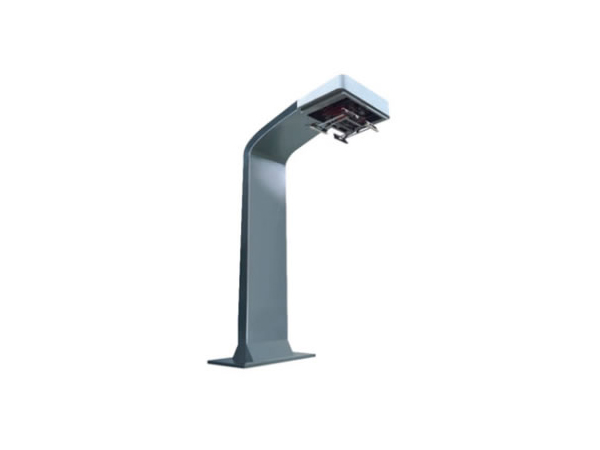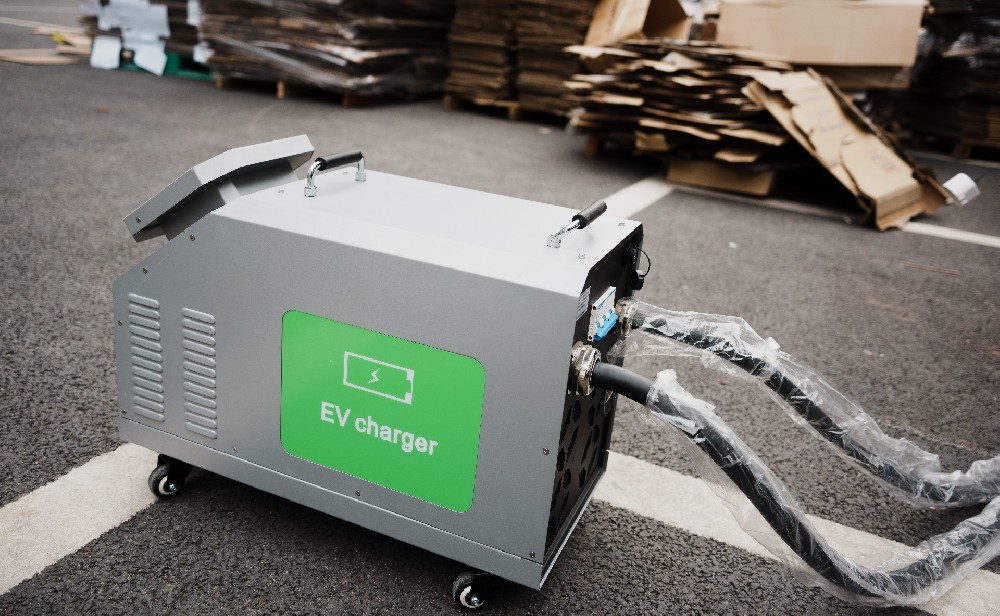-
13822183778@139.com
-
13822183778
The Use of EV Charger Cables Represents a Safe and Reliable Charging Solution
As electric vehicles (EVs) continue to gain popularity, the use of EV charger cables has become an indispensable component for ensuring safe and reliable charging. This article explores the numerous advantages of using EV charger cables, focusing on their convenience and efficiency in charging electric vehicles. Furthermore, we will examine the safety features of these cables, emphasizing how they are engineered to safeguard both the vehicle and the user during the charging process. Additionally, valuable tips for the proper use of EV charger cables will be provided, ensuring users can maximize their effectiveness while adhering to safety standards. Overall, utilizing an EV charger cable represents not only a practical solution for charging electric vehicles but also a secure and dependable method that enhances the overall charging experience.

**Benefits of Using EV Charger Cables**
In today's fast-paced world, the importance of EV charger cables cannot be overstated. As more individuals transition to electric vehicles, having a reliable and efficient means of charging is essential. One of the primary advantages of using an EV charger cable is the convenience it offers. Instead of relying on public charging stations, users can charge their vehicles wherever electricity is accessible. This flexibility enables charging at home, work, or even on the go, making it easier than ever to maintain a fully powered vehicle.
Another significant benefit of using an EV charger cable is the cost savings it provides. Charging at home is typically more economical than using public charging stations, and with a cable, users can take advantage of off-peak electricity rates to further reduce costs. Many EV owners find that these savings allow them to recoup the initial investment in the cable relatively quickly.
Moreover, using an EV charger cable contributes to environmental sustainability. By charging vehicles with electricity rather than using gasoline, users reduce their carbon footprint and help combat climate change. This eco-friendly option aligns with the growing demand for sustainable living practices.
**Safety Features of EV Charger Cables**
When evaluating the safety features of EV charger cables, several critical aspects should be considered. First, it is crucial to select cables constructed from high-quality materials capable of withstanding regular use. This includes durable insulation to protect against wear and tear, as well as robust connectors that resist damage.
Beyond physical durability, built-in safety mechanisms are equally important. Many EV charger cables feature overcurrent protection, which mitigates the risk of overheating and electrical shorts. Some cables also include surge protection to guard against power spikes, which could otherwise damage both the cable and the connected vehicle.
Grounding protection is another vital safety feature to consider. This ensures that any excess electrical charge is safely redirected into the ground, reducing the likelihood of electrical shocks or damage to the vehicle's electrical system.
Overall, investing in a high-quality EV charger cable with comprehensive safety features is essential for ensuring the safe and efficient charging of electric vehicles. By selecting a cable that meets these criteria, users can charge their EVs with confidence, knowing they are taking necessary precautions to protect both their vehicle and themselves.
**Tips for Proper Use of EV Charger Cables**
To ensure the proper use of EV charger cables, several key practices should be followed. First, always inspect the cable before each use. Look for signs of wear and tear, such as fraying or exposed wires, and refrain from using the cable if any damage is detected. Maintaining the cable in good condition is critical to preventing potential safety hazards.
Additionally, always ensure the charger cable is securely connected to both the vehicle and the charging station. A tight connection minimizes issues during the charging process. It is also advisable to follow the manufacturer's guidelines for storing the cable when not in use, as this helps prolong its lifespan and ensures it remains in optimal working condition.
A crucial aspect of using EV charger cables is avoiding pulling on the cable itself when disconnecting it from the vehicle or charging station. Doing so can cause damage to the cable and potentially create a safety hazard. Instead, always grip the connector firmly when disconnecting to avoid any complications.
 How long does it take to charge ···
How long does it take to charge ···
 DC Fast Charging CCS type 2 plug
DC Fast Charging CCS type 2 plug
 The high-voltage and high-curren···
The high-voltage and high-curren···


